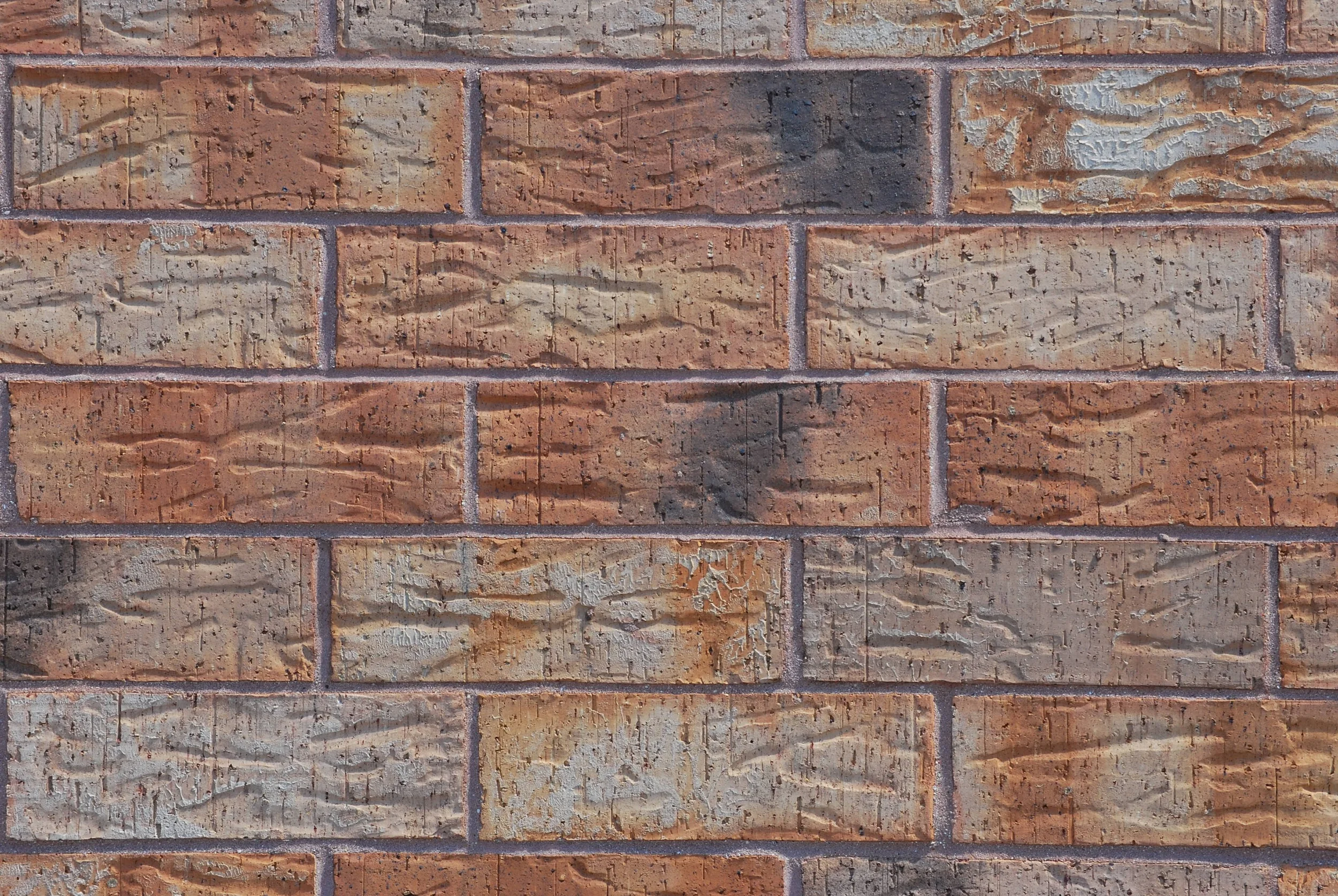
Star Tuckpointing specializes in providing tuckpointing and masonry restoration services to commercial and residential communities. We're a closely held family owned business with focus on constantly superior quality product. We have been in business since 1992, and because we keep our customers happy, most of the new work we receive is the result of a clients referral.
